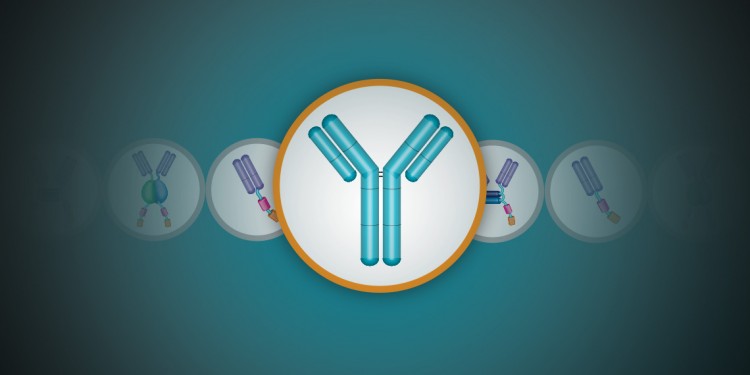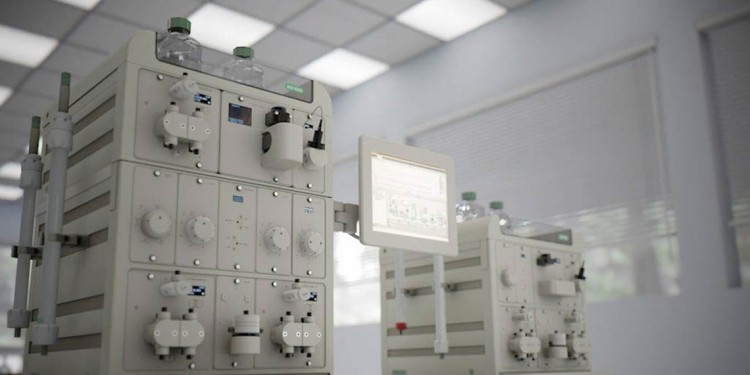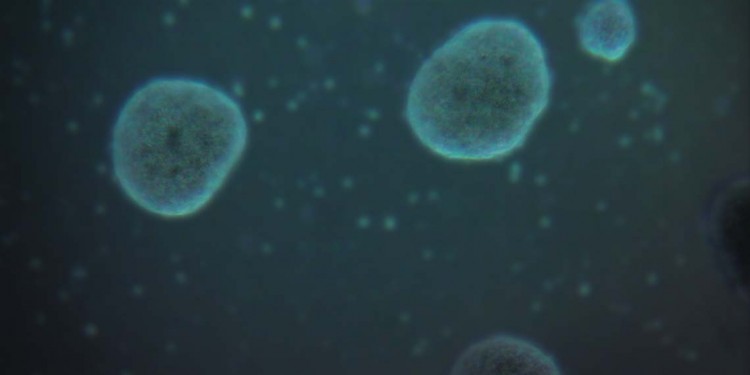
Trends in Antibody Generation Techniques — the Fully Synthetic Human Combinatorial Antibody Library (HuCAL®) Technology

Ultra-Sensitive Quantification of Genome Editing Events Using Droplet Digital PCR

CRISPR: The Hopes, the Fears, and the Biology

Aliens in Our Midst

Get Published! 10 Tips for Getting Published Successfully

Next Generation Computers: Transforming Cells into Autonomous Computing Devices

Advantages of Multidimensional (Multi-D) Chromatography Using the NGC™ Chromatography System over Traditional Sequential Chromatography

Too Many Questions, Too Little Sample: Developing a Real-Time PCR Workflow for Monitoring Gene Expression in Limited Samples

7 Tips for Choosing the Right Antibody for Western Blotting


